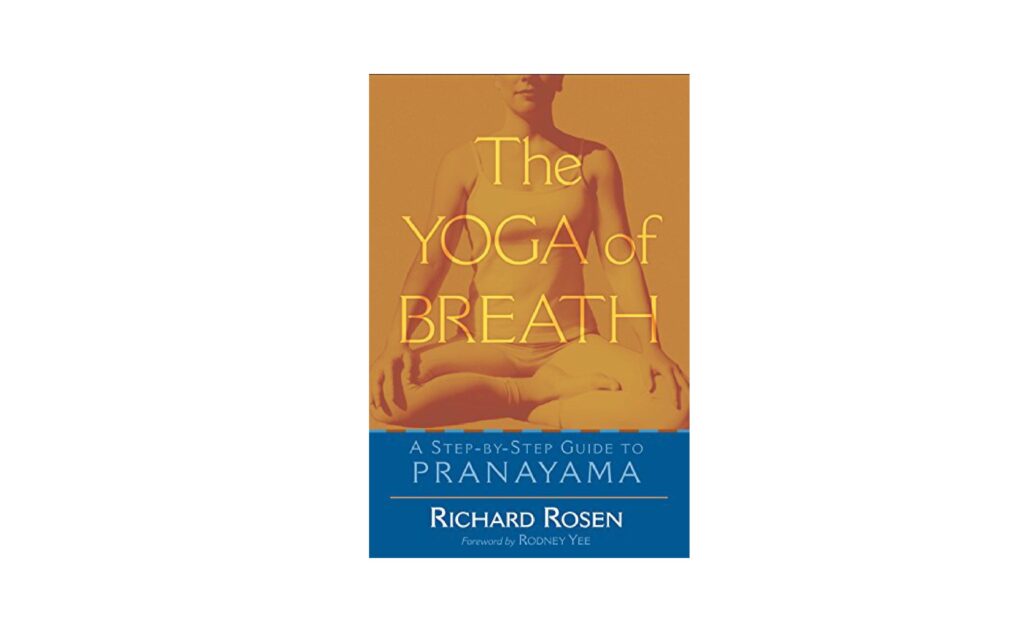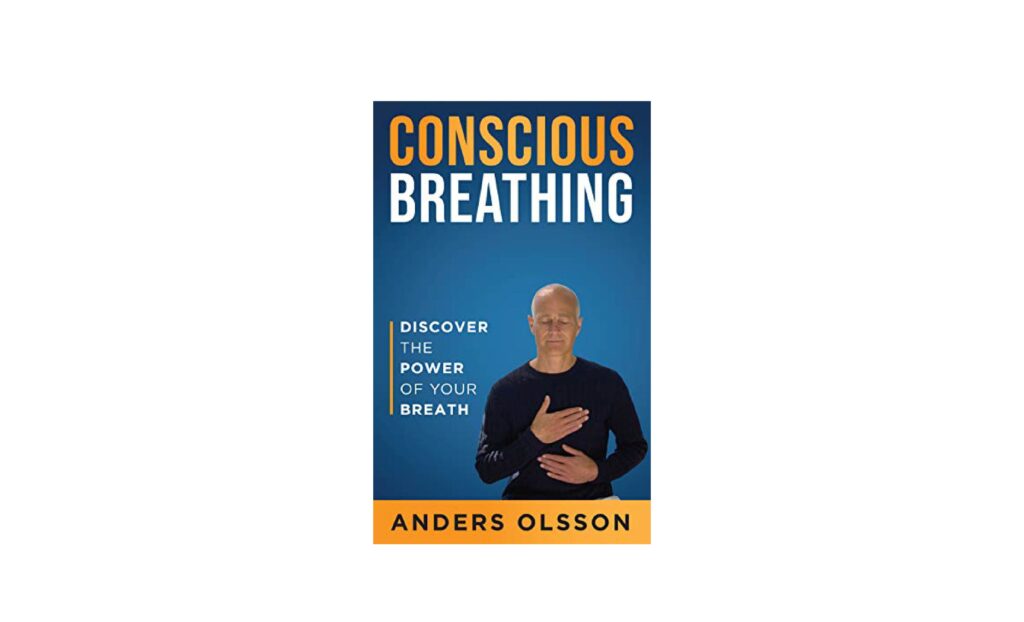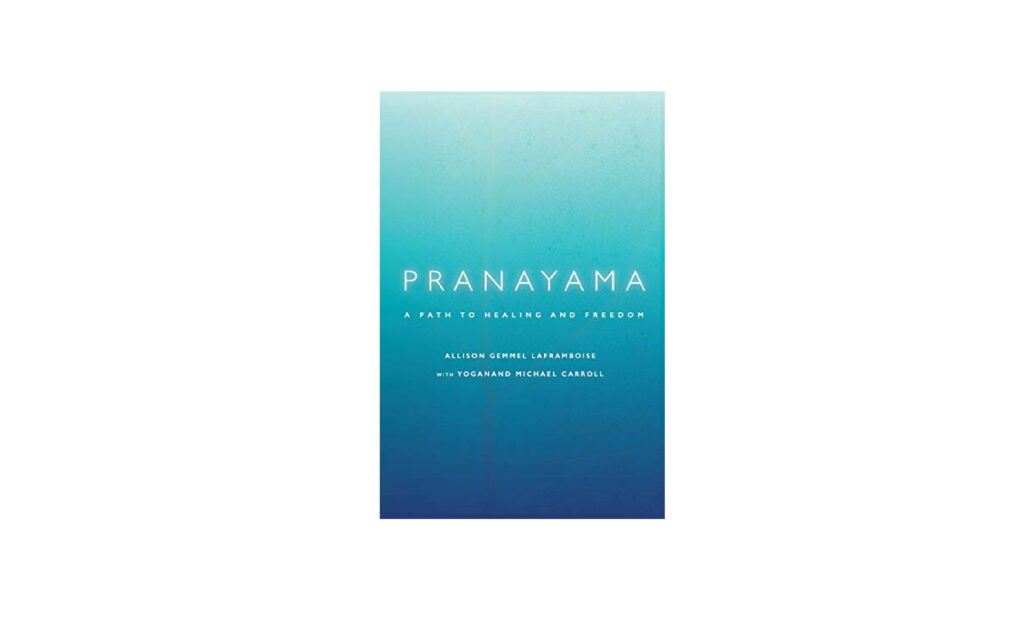The ancient discipline of regulating your breath is known as pranayama. Pranayama, also known as breath work, is the study and control of the breath for health and wellness promotion. In pranayama, you control every breath by manipulating hold time, length of the inhales and exhales, which nostril to breath through, strength of inhalation or exhalation, measured breathing and patterns, etc. Different pranayama techniques require deliberately inhaling, expelling, and holding the breath in a particular order. Pranayama is used with other yoga activities like postures and meditation. The various advantages of yoga come from the combination of these practices. However, pranayama has its own advantages. The therapeutic effects of pranayama are well known and have been documented throughout history.
The three main stages in Pranayama:

Understanding the steps of pranayama will help you become more conscious of your breath. There are three main stages in pranayama. The basis for pranayama methods, meditation, and cleaning kriyas is laid forth in these three steps. This three-part breath also helps to bring focus to the current moment and relax the mind. For most effective Pranayama, you need to understand the steps:
Purak – inhalation through nostrils
Puraka inhalation is highly smooth since the force is kept constant. Therefore, the rate at which the lungs fill is controlled. As a result, as the duration and length of the inhalation phase are increased, the force is automatically reduced. Therefore, the duration of puraka must be well-adjusted in order to bring the required proportion in kumbhaka and rechaka.
Kumbhak – retention
Kumbhaka is the voluntary regulation of one’s breath. The air is maintained for a specific time after controlled breathing, also known as Antar Kumbhaka. When the breath is retained for several seconds after the exhale is complete, it is called Bahya kumbhaka. This is a common meditation and bandha practice tool. Both forms of kumbhaka raise body temperature and provide a variety of physical and mental health advantages.
Rechak – exhalation
The Rechaka phase is the final phase of Pranayama. When compared to a typical expiration, this is a consciously controlled exhalation. Exhalation is usually done through one nostril, which is known as Anulom-vilom, or both nostrils by partly constricting the glottis in pranayama techniques, also known as Ujjayi. As a result, there is some airway resistance, which controls the amount of air that is released per unit of time. As a result, the exhalation is prolonged.
Health Benefits of Pranayama
The advantages of Pranayama have been studied extensively. Pranayama, according to scientific studies, can help your health both physically and mentally. Here, we have five health benefits of Pranayama.
Enhances Mindfulness:
Breathing is a natural process. Most of us do not realize while breathing. During Pranayama, we need to be conscious of our breathing. We also work on gathering our concentration towards the present. This is the idea of mindfulness.
Researches also show that Pranayama can help to reduce carbon dioxide and increase oxygen levels to power the brain cells. This could help you be more attentive by boosting your focus and concentration.
Helps Control High Blood Pressure:
An unhealthy rise in blood pressure is known as high blood pressure or hypertension. This can raise the risk of some potentially fatal heart diseases, including stroke. High blood pressure is linked to a number of factors, including stress. Pranayama, which promotes relaxation, can assist in reducing this risk.
It can assist in relaxing our anxious system if we concentrate on our breathing. Thus, our stress level and the risk of heart diseases will be reduced.
Enhances Lungs Function:
The most effective Pranayama exercise is a breathing exercise that can help to strengthen the lungs. In a study from 2019, practising Pranayama for one hour a day for six weeks can improve lung function significantly. The pulmonary test result estimates, the practice strengthens lung functions. The study also says Pranayama is an effective practice to prevent many lung disorders.
Improves Cognitive Performance:
Pranayama may improve your brain function in addition to improving your lungs. Studies show, either slow or rapid Pranayama for 12 weeks increased executive function of the memory, cognitive functionalities, and reasoning capability. Pranayama could help you feel less stressed and enhance your reaction time. In addition, fast Pranayama was also linked to improving our auditory memory and sensory functions.
Improves the Quality of Sleep:
Pranayama’s stress-relieving properties may also aid sleep. For example, a technique known as Bhramari pranayama has been demonstrated in clinical studies Trusted Source to calm breathing and heart rate when practised for 5 minutes. This may aid in the relaxation of your body in preparation for sleep. Additionally, pranayama practice was observed to reduce snoring and daytime tiredness, implying benefits for better quality sleep.
Pranayama coach
You can be your own coach in mastering Pranayama for a healthy body and mind. Here are some resources that will guide you to enhance and understand every aspect of the most effective Pranayama.
The Yoga of Breath: A Step-by-Step Guide to Pranayama

The Yoga of Breath comes as a handbook for learning the basics of Pranayama and how we can convert them into a yoga practice. The methods are simple to follow as they are instructed with clear drawings and detailed descriptions of breath and body awareness exercises. In this book, we will also find information on the ancient history and the philosophy of Pranayama and helpful practice advice and instructions on how to employ props to improve the exercises. This is one of the best Pranayama books available.
Features:
- Good for Beginners
- Well Explained
Yoga for Absolute Beginners: Pranayama & Relaxation

Oliver Crawford, a yoga instructor and nutritionist, promotes yoga as an essential daily practice for both men and women. He has assisted countless clients in achieving their ideal level of physical education and overall well-being due to his work in the fitness sector. Now, through his writings, he is on his way to influencing even more people.
Features:
- Simple Language
- Suitable for any age.
Conscious Breathing: Discover the Power of Your Breath

It is meticulously researched and written with sincere enthusiasm by the author. This book will live up to all your expectations if you are looking for a book that will help you to understand the science and health aspects of breathing. The author devotes numerous pages to the benefits of resistance breathing, often known as ujjayi breathing. This will also show you the effectiveness of Pranayama breathing.
Features:
- Well Researched
- Easy delivery of information
Pranayama: A Path to Healing and Freedom

Pranayama is believed to be the way to reconnect to ourselves. This emphasizes authenticity above everything else. Yoga masters Yogan and Michael Carroll, along with his longstanding pupil Allison Gemmel Laframboise delve into the mysteries of old hatha yoga practices to rediscover essential lessons that are lost to modern practitioners. Pranayama: A Path to Healing and Freedom helps as a guide to perceive your own truth through completely accepting the struggles if you want to get more out of your yoga. This book urges you to let go of preconceived notions about who you should be and helps you embrace your true self.
Features:
- Explains the healing process
- Keeps You motivated
Essential Pranayama: Breathing Techniques for Balance, Healing, and Peace

All levels of practitioners will benefit from Essential Pranayama. This guide will help you immediately feel the benefits of pranayama practices, whether you’ve done yoga and breathwork before or are just getting started.
This teaches about the impact of Pranayama on the body and mind from both modern scientific and traditional viewpoints. You will also learn how to sequence the procedures to meet your individual needs by understanding basic blocks techniques. You can employ the short practices during a quiet period in your day, or you can combine them with lengthier yoga and meditation routines.
Features:
- 60 Breathing Exercise
- Simple and Concise
- Practical Approach
Conclusion
Pranayama is a technique for eliminating physical and mental impediments in the body and allowing the breath to flow freely. As a result, consistent and persistent pranayama practice results in a shift in thought patterns and a fresh surge of energy in the body. As a result, you also achieve higher degrees of consciousness.
You can also read: Essentials Of Pranayama Breathing: Everything You Need To Know